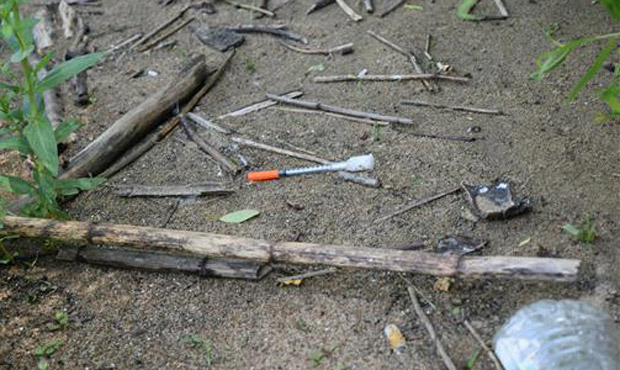BrandView
When smoke blankets NW, Harvard’s advice for clean air

SPONSORED — When it comes to finding the cleanest air for you and your family, you likely consider home your, well, home base. But the air inside your home may not be doing you any favors.
That’s why recently, researchers at Harvard’s School of Public Health tested home air purifiers to find the nation’s cleanest indoor air. What they found could be significant for you — and your sneezing, itching family.
A nation of allergens
According to the American College of Allergy, Asthma & Immunology, up to 30 percent of American adults and 40 percent of American children suffer from seasonal allergies — an allergic response to outdoor or indoor allergens that cause itchy eyes, runny noses, congestion, sneezing, sinus pressure and general misery.
Since allergies can be caused or exacerbated by pet dander, dust mites and pollen — all invisible irritants — it can be difficult to prevent an attack. That’s why many Americans reach for over-the-counter and prescription allergy medications, rather than confront the problem from the inside out.
The “inside” story
If you thought air quality was an outdoor problem, it’s time you start thinking inside the box. While outdoor pollutants and allergens can aggravate asthma and allergy symptoms, keeping yourself cooped up indoors may not be helping your situation.
According to the Environmental Protection Agency, the average American spends 90 percent of his time indoors. That’s a lot of time to spend exposed to pollutants, especially when you consider that indoor air is often dirtier than its outdoor counterpart.
“Indeed, studies of human exposure to air pollutants by EPA indicate that indoor levels of pollutants may be 2 to 5 times — and occasionally more than 100 times — higher than outdoor pollutant levels,” states the EPA website.
“Indoor air pollutants have been ranked among the top five environmental risks to public health. The problems they cause can be subtle and do not always produce easily recognized or immediate impacts on health.”
The study
John Spengler, Ph.D., a professor of environmental health and human habitation at Harvard’s School of Public Health, along with a team from Environmental Health and Engineering Inc., conducted tests in a 1,350-square-foot home simulated to mirror a “real-world” home environment.
The study measured the effectiveness of five air-cleaning devices to determine which provided the cleanest air, combating common household airborne particles, such as road dust, cooking and tobacco smoke, pollen, mold spores and pet dander.
After conducting hundreds of separate tests, researchers found TRANE CleanEffects whole-house air-cleaning system to be the most effective device on the market, cleaning the air significantly better than other devices.
The other devices measured included standard air filters (used in 85 percent of homes), whole-house electronic air cleaners and plug-in HEPA-type air cleaners. Not only did the TRANE system out-clean other purifying devices, it also removed 99.98 percent of airborne particulates and allergens from the air inside the home.
“The introduction of a product like TRANE CleanEffects, which treats all the air inside a home, will fundamentally alter the quality of air because it is substantially more effective in removing respirable size air particles,” Spengler said in a press release.
WATCH: TRANE CleanEffects in action
An eye on health
The study was about more than finding the cleanest air. In essence, it also helped determine the best way to provide a healthy air environment for families.
“Because a large number of medical studies associate indoor concentrations of particles such as mold spores and animal allergens with increased risks of health effects that include … bronchitis and asthma attacks,” the research report stated, “the demonstrated ability of the TRANE CleanEffects to remove particles rapidly from indoors and to achieve low steady-state levels of particles indoors is anticipated to have a health benefit.”
From quashing annoying sniffles to avoiding dangerous asthma attacks, clean indoor air is more important than ever — and that’s no hot air.
The biggest savings of the year on TRANE are available now and can be found here.





































Comments